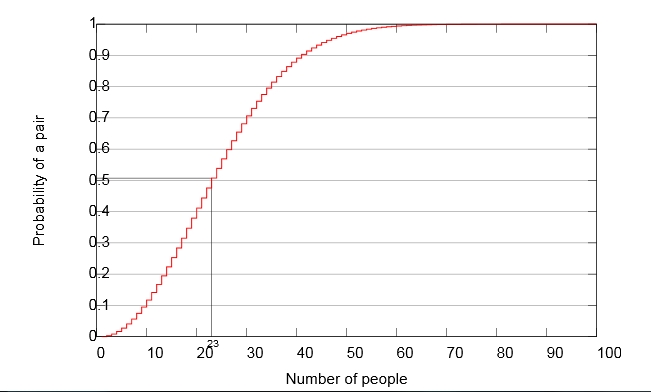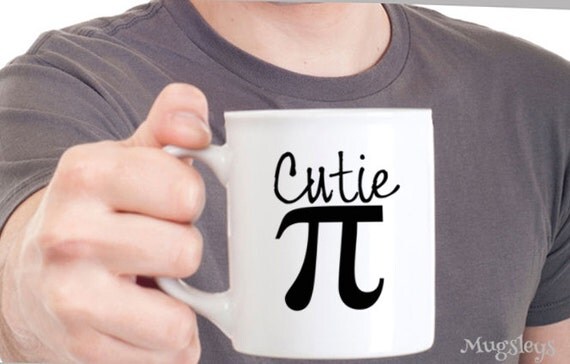In my opinion, there are two moments in the course of our education when kids fall of the math train... The first is when fractions are introduced. Until that moment, a number is a natural number - 0, 1, 2, 3, ... To go from this to the idea of a number can mean "what portion of" is a huge shift.
The next dangerous twist in the math train track is when algebra shows up. What we have been doing up till algebra showed up was to insert numbers into the addition box, or subtraction box, or multiplication box, or long-division box, and then report what comes out on the other side.
On the flipside, algebra is computation backward. For example, when you're asked to solve
x + 3 = 14
you know what came out of the addition box is 14 and you're asked to work backwards to find out what went in along with 3.
At this point, your teacher would have taught you that if you brought 3 over to the other side of the equation, things become like this:
x = 14 - 3
You will then put 14 and 3 into the subtraction box and find that x = 11.
Unfortunately (or not), it isn't always that easy. What if you need to solve a quadratic equation like
x^2 - x = 1
Apart from your teacher telling you to solve such equations, why would you ever bother? Well, let's think of a real-life application here. Imagine a missile flying furiously towards you. Maybe you know that the missile was launched 100 metres above ground level and has a upward velocity of 200 metres per second. Assuming that there are no gravitational forces acting on the missile, the height of the missile above ground level after x seconds can be represented by the following equation:
height = 100 + 200x
But, there is such thing as gravity. Which causes the missile to lose potential energy and arc back to earth towards you. The effect of gravity can be represented in the equation by adding a negative quadratic term, where it is negative because gravity pushes the missile down, not up. So the new height equation becomes:
height = 100 + 200x - 5x^2
As the missile is heading towards you, the most important question in your mind would probably be along the lines of am I save from the missile, where will it land? To find out this will just be to let height = 0, that is:
Find the value of x when 100 + 200x - 5x^2 = 0.
It is by no means that you know how to bring things to the "other side" to solve the equation. Maybe you don't need to. Trial and error is after all a powerful tool. If you let x = 10, the missile will be at a height of 1600 metres after 10 seconds. If you let x = 20, the missile will be at a height of 2100 metres, which means the missile is still rising. When x = 30, the missile is now at a height of 1600 metres again, which means that it has passed its peak. At x = 40, the missile is now 100 metres above the ground. And if you let x = 41, you get -105 metres, which means that the missile has contacted the ground between the 40th second and 41st second.
From this trial and error, you can see that as we carefully turn the time knob back and forth, we can get an approximate timing as to when the missile impacts the ground. However, is this solving the equation? It is after all still an approximate no matter how you fine tune your guesses.
Lo and behold, the quadratic formula is here to give you a satisfying exact solution. You may well have memorized this formula once in your life. But unless you have an unusually gifted memory, you probably won't remember it 10 years down the road. And this is just for quadratic equations.
What if we were asked to solve a cubic equation of the form x^3 + 2x^2 - 11x = 12. Fortunately, there is also a formula to solve cubic equations, but I won't bore you here for now.
The point is, working backwards is unconventional, and our human brains simply do not work well backwards. Algebra is tough because it requires us to work backwards. But it is a mathematical tool that is so strong that we cannot live without it. So where do we go from here...? We practice, and practice, and never stop practicing. The more problem solving questions involving algebra we expose ourselves to, the better we get. There will then come a time when we see that elusive unknown x and confidently tell ourselves that I will not be put down by this, I will find you x.
















































